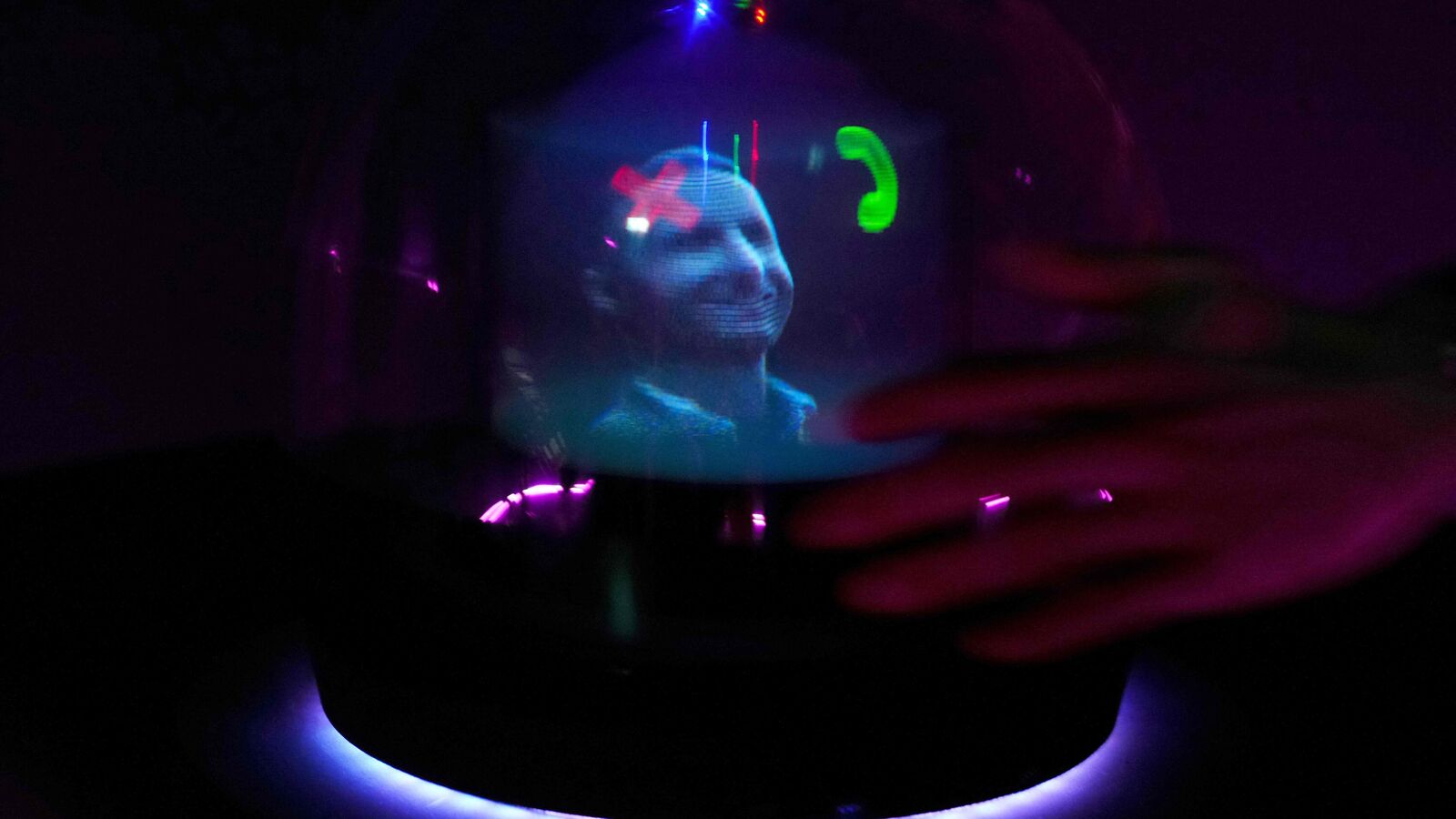Google’s long-term experiment to create a science fiction-like 3D, holographic ultra-realistic display is now a real product. After many failures, is Silicon Valley’s quest to build screens that look like teleportation portals finally nearing promise?
What does Project Starline offer?
In development for at least five years, it is a video conferencing system on steroids. It uses a 3D light-field display to create a holographic, 3D image of people appearing on the screen. This makes people and objects look ultra-real—like they are in the same room. Image sensors placed around the display capture objects in more than two dimensions, and real-time 3D modelling enables the hologram-like visuals. Mint was shown a demo of Starline at Google’s headquarters in Mountain View, California. By the next year, it will start being rolled out to companies in partnership with HP.
Why is it of any significance?
One of the biggest challenges to video conferencing systems is in the technology itself. While it is functional, companies have so far failed to take it beyond a 2D visual experience, thereby making interactions look basic. Google now hopes for companies to adopt its Starline video conferencing system in boardrooms to make collaboration across remote teams feel more realistic. This can help teams better collaborate on visual design through ultra-realistic 3D imaging. The company will roll it out with its own platform Meet, and is also working with Zoom for it. As of now though, don’t even think of smartphones.
Are there close rivals to Project Starline?
Microsoft Holoportation, like Starline, used 3D imaging to create 3D images of objects, and compressed and transmitted the 3D data between two ends to create a holographic experience. However, instead of a display, Microsoft used its HoloLens mixed reality headset. Critics found this an obstacle, as it failed to enable obstacle-free video conferencing.
Can this make sci-fi- like displays real?
Much will depend on how commercial adoption of the technology progresses. Starline looks straight out of Star Wars and The Avengers. However, while light-field displays and 3D video capturing tech exists, they are difficult to implement at scale commercially due to cost and size. In its present form, Google’s packaging of the service clearly makes it Silicon Valley’s best take on holographic displays. But, the key will lie in making the tech less hardware-heavy, and more viable for use on the move.
What are the main challenges?
The hardware for Starline needs a room to be set-up—a throwback to back when Eniac, the computer, took a full room to run. Until the hardware can be miniaturized and made more affordable, adoption will likely be limited. It is also expensive: for now, very few firms will likely spend on it. The other big challenge will be in getting app support—while Meet and Zoom are big enough platforms, a wider support could encourage more firms to take it up. Third-party developers could open the tech up in future.
























